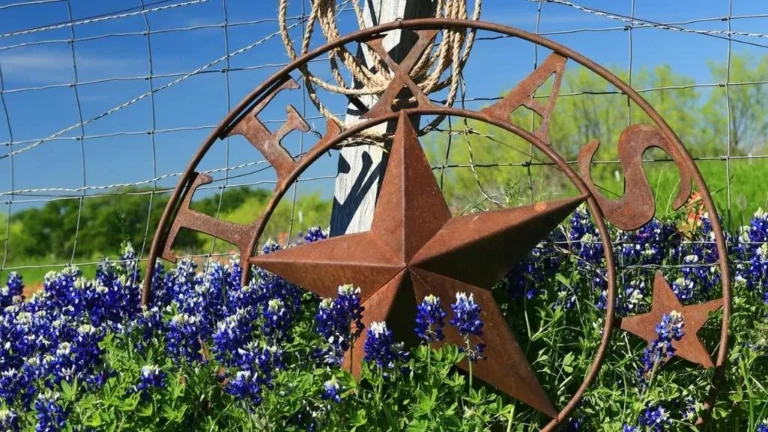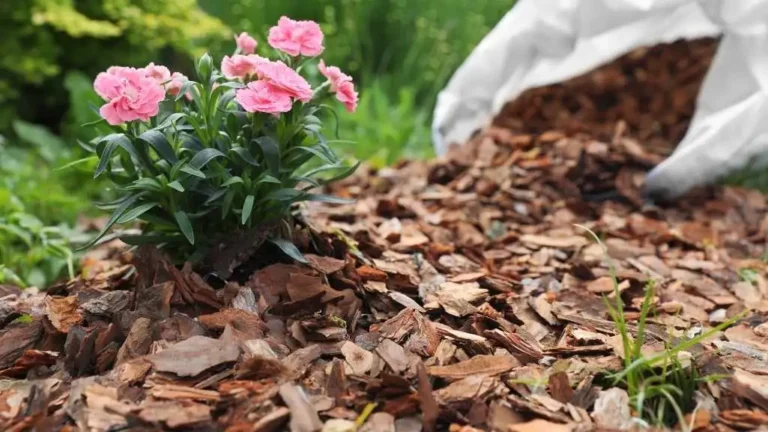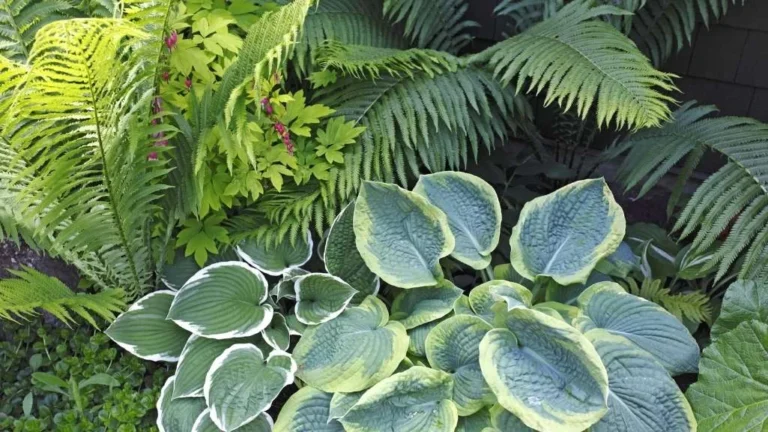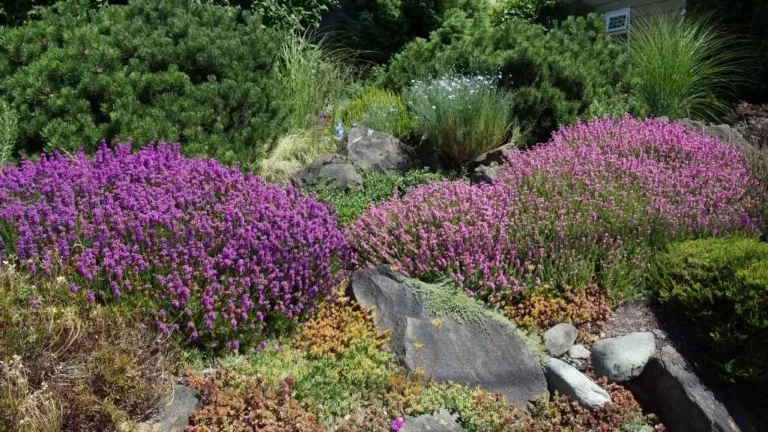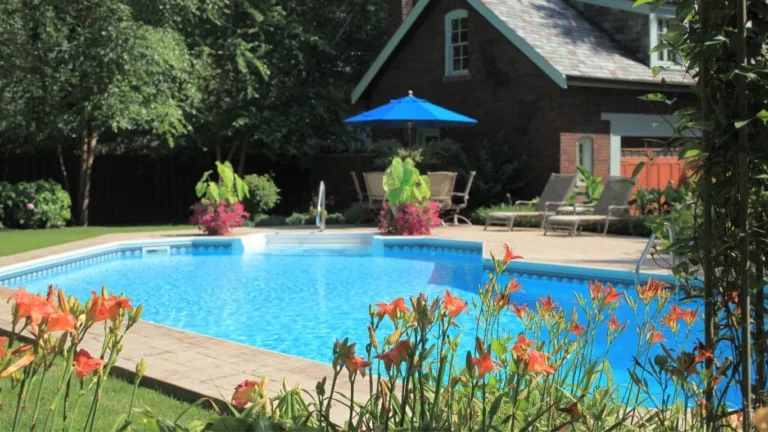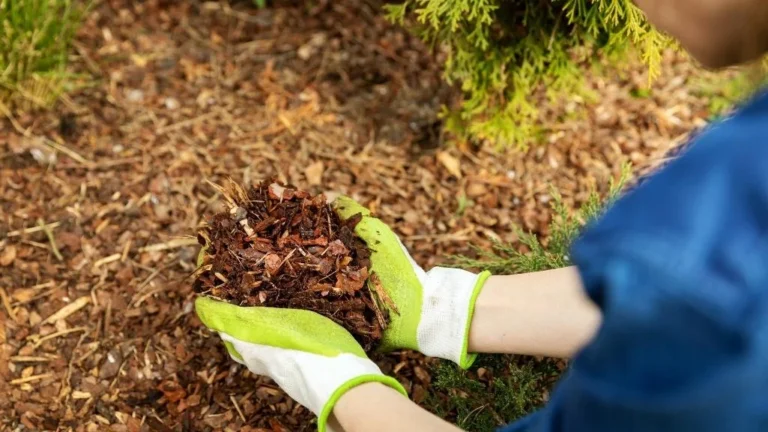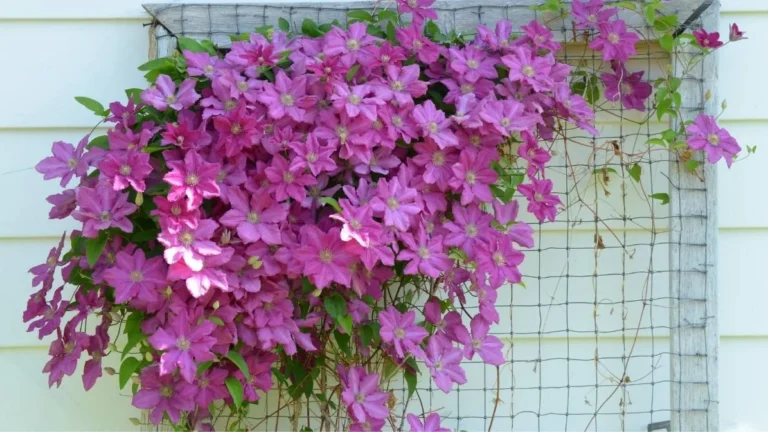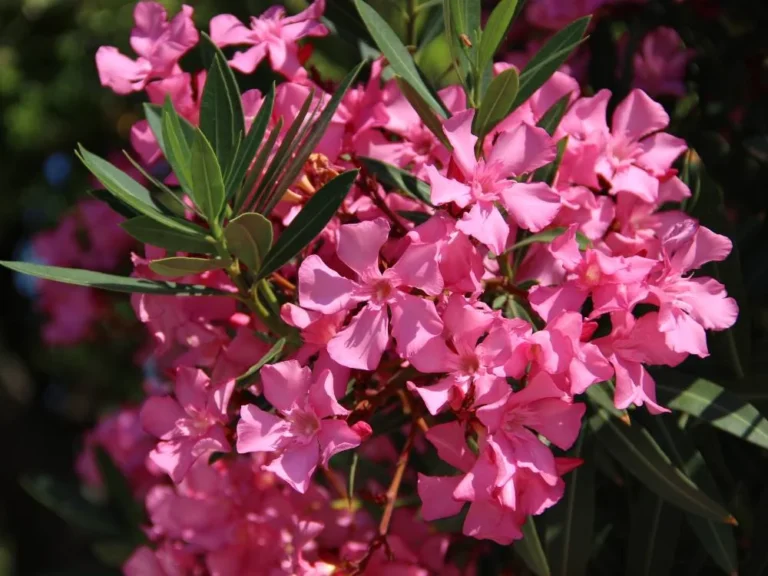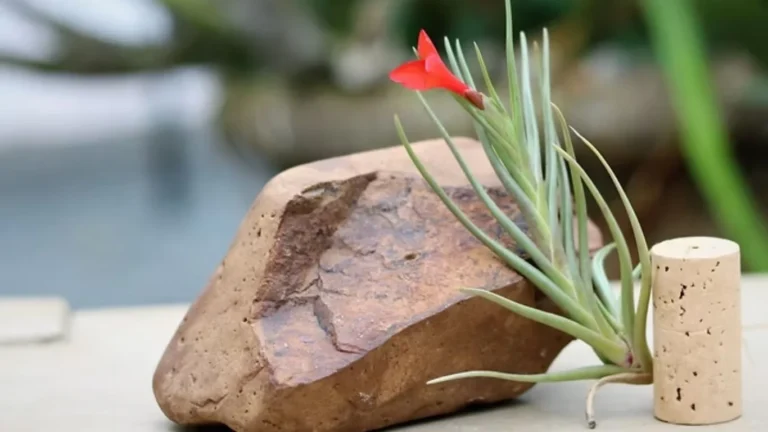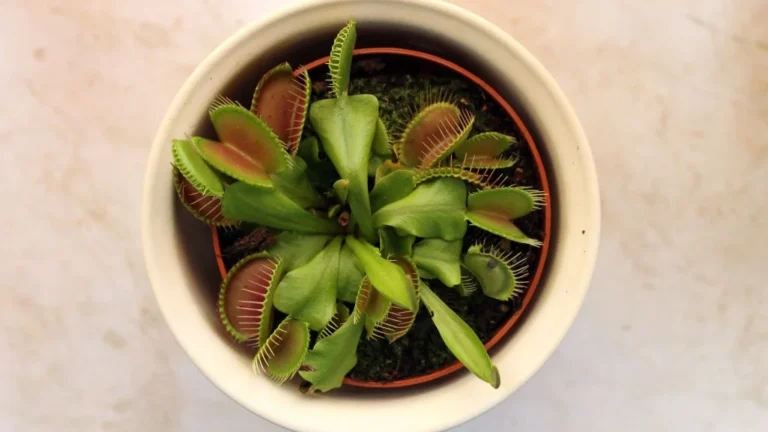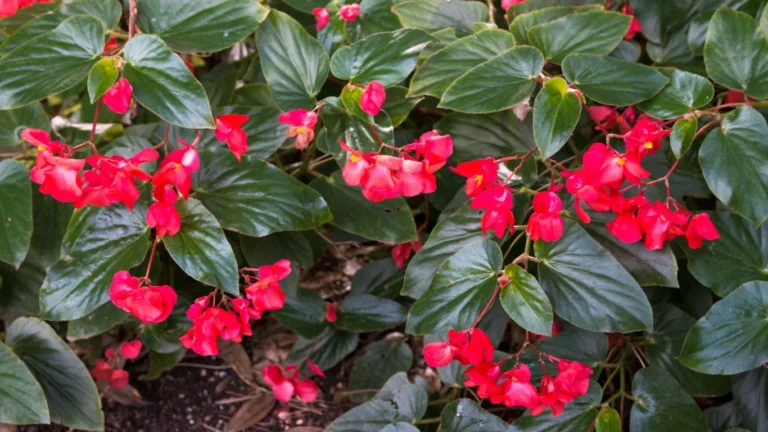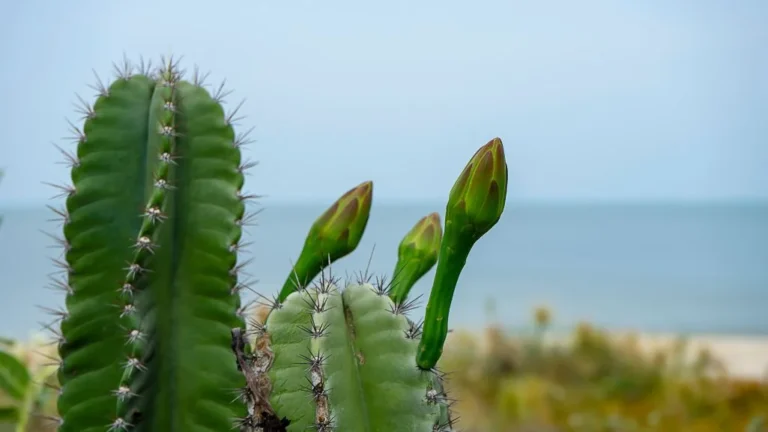Air Plant Features
Scientific name | Tillandsia |
Family | Bromeliaceae |
Native | Central and South America |
Hardiness Zone | USDA Zones 9-13 |
Read about are air plants toxic to cats?
Appearance
Leaves
Air plants are flowered patterned with thin leaves known as trichomes, which absorb water and nutrition. Typically, this plant is green, but we can see a touch of silver, gray, or red in case of variation.
Flowers
Size
Generally, air plants are small and can grow up to 6 inches. Tillandsia Xreographica is one of the most significant air plants, growing up to 12 inches.
Types of Air Plant
Commonly seen kinds of air plants are: Tillandsia ionantha, Tillandsia usneoides, Tillandsia andreana, Tillandsia caput medusa, Tillandsia Xreographica, Tillandsia maxima, and Tillandsia capitata.
Growing Conditions
Requirements for air plant at a glance
Elements | Requirement |
Sunlight | Bright indirect sunlight |
Temperature | 50°F to 90°F |
Humidity | 60-70% |
Container | Once in 2-3 weeks in summer & spring Twice or thrice a month in winter |
Water | When soil dries out completely |
Fertilizer | Once a month in summer and spring |
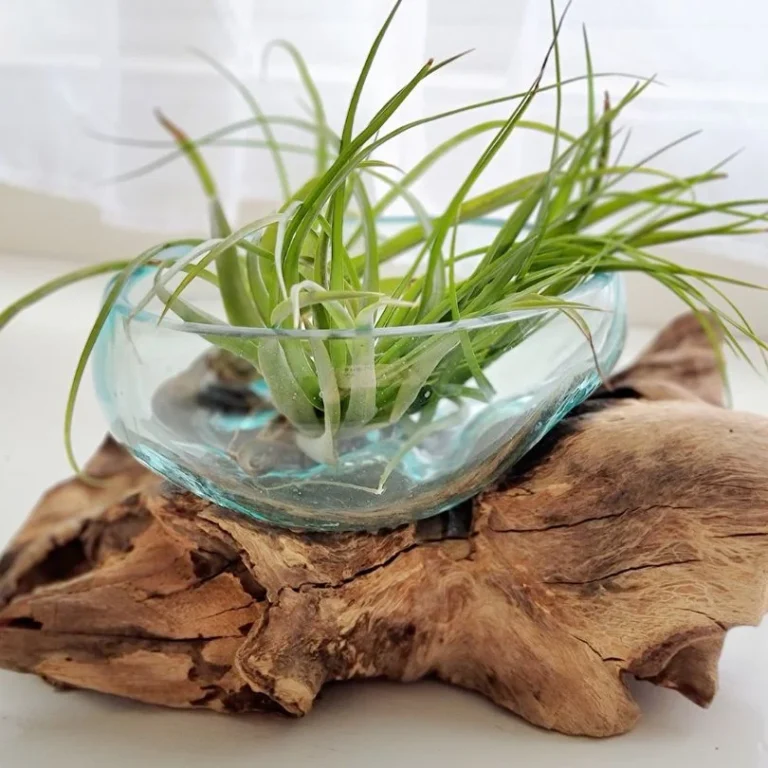
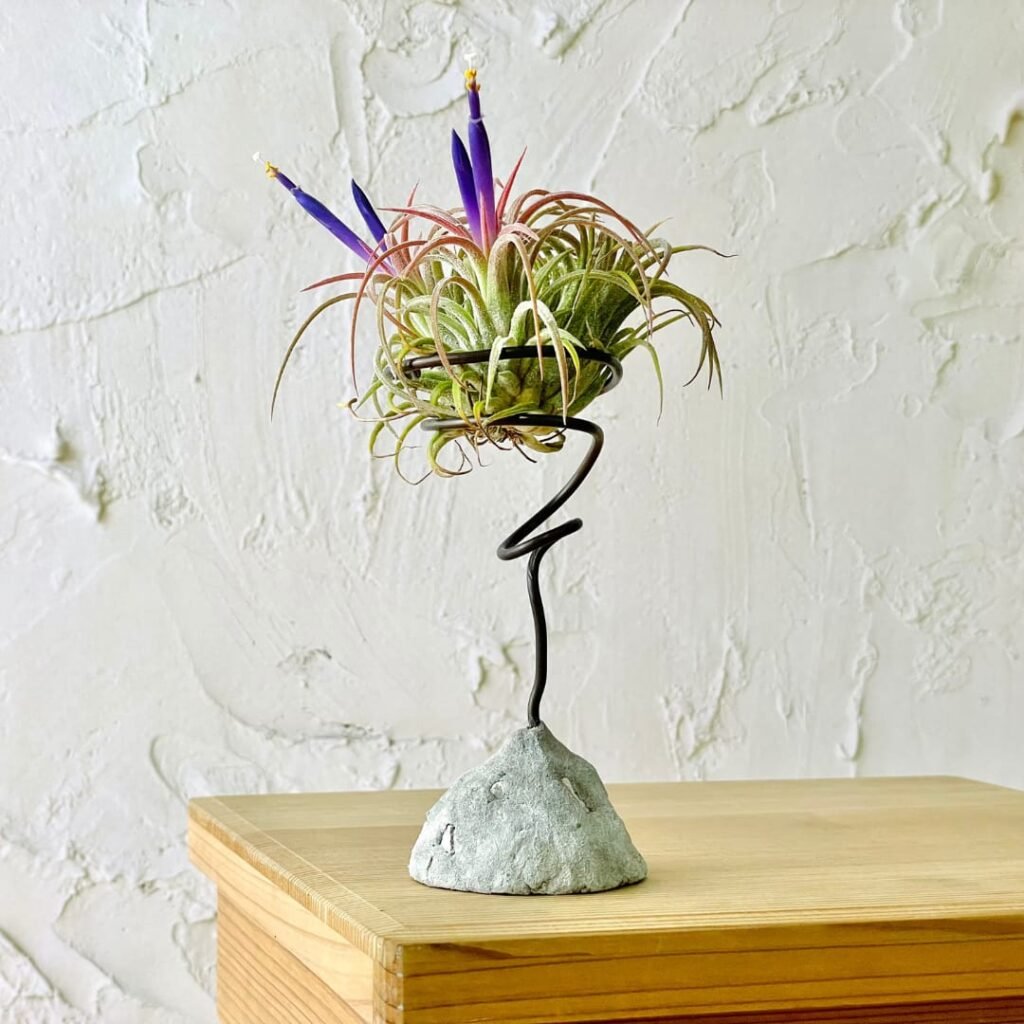
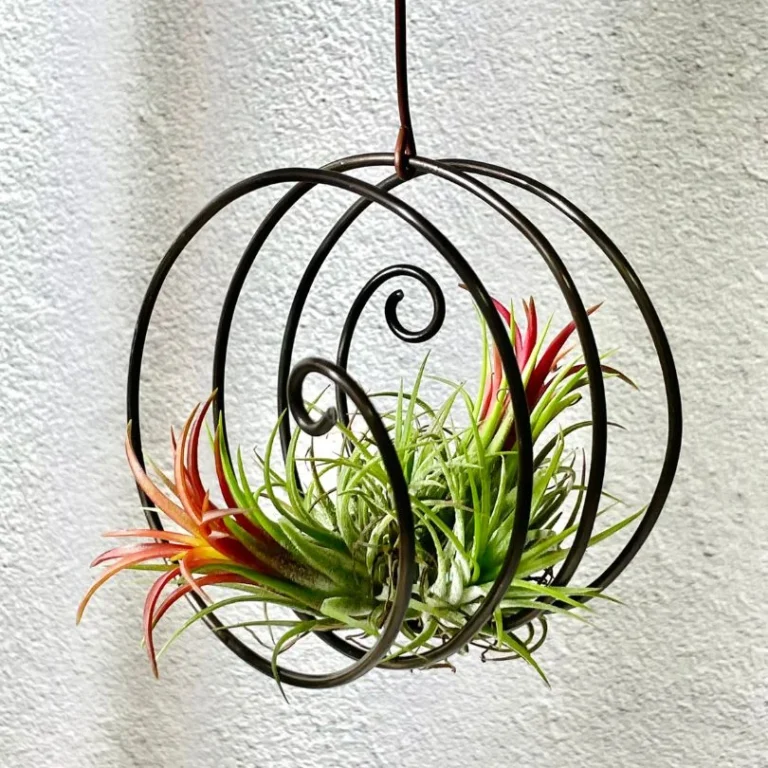
Air Plant Holder
Air plants are usually kept in holders. The holder can be a hanging planter, terrarium, driftwood, stone, ceramic holder, metal stand, and magnetic holder.
- Hanging planters, such as macrame hangers or glass orbs with hooks, offer an excellent way to hang air plants from the ceiling.
- Glass terrariums provide an enclosed environment, perfect for creating mini-ecosystems.
- In contrast, Driftwood and stones provide a natural, earthy appearance.
- Ceramic pots, bowls, and metal stands with geometric designs provide stability and decorative appeal for the air plant holder.
- Magnetic holders are convenient for small spaces, while DIY options allow endless customization.
When selecting an air plant holder, consider factors such as the size of the air plant and the overall aesthetic one wishes to achieve. Whether you choose a hanging air plant holder or a tabletop display, plenty of options are available to showcase this beautiful plant.
Sunlight
This plant loves bright, indirect light. They can tolerate 2-3 hours of direct light in the morning, but make sure the plant is not harmed by direct sunlight. If the plant is placed in a low-light area, try to move it to a bright location for some days; otherwise, keeping it in a low-light area for a long time can lead to root rot.
Water
Air plants don’t have roots; they absorb water through their leaves, known as trichomes. Watering an air plant is an interesting process.
- Fill a bowl with water, put the plant in water, and let it soak water for 20- 30 minutes.
- The leaves will absorb water according to their needs.
- After 30 minutes, take the plant out of the bowl and put it upside-down in a dry place for some hours; otherwise, if the water sits on the main part of the plant, it may get rotten.
Typically, an air plant requires watering once every 2-3 weeks in summer and spring and twice or thrice a month in winter. Air plants can also be watered by only dipping into water. In that case, plants must be watered more frequently than the earlier method. Another method of watering air plants is misting them regularly.
Fertilizer
Like other houseplants, air plant needs to be fertilized in spring and summer. Put fertilizer that is made specifically for air plants. Regular fertilizers such as NPK can also be used. In that case, dilute the fertilizer to one-fourth compared to its regular usage dose.
Pruning
Air plants do not require regular trimming or pruning like other houseplants, but pruning dead or brown leaves is essential for this plant. Sometimes, this plant can be pruned for propagation to keep it in a particular shape.
Pest
Mealybug or spider mites can attack this plant. In that case, give the plant an extra hour to soak it to get rid of the pests. Don’t use neem oil for air plants.
Other Common Issues
- Tips browning is a sign of underwatering or less humidity. If the tip of the center leaves of the air plant is turning brown, the plant must be watered. As this plant is native to tropical areas, it requires a humid environment. In summer, ensure misting this plant regularly.
- Despite the plant being a variegated curly leaf, the leaf curing is also a sign of underwatering. In this case, give the plant an overnight soak.
- Air plant rot happens often because water collects on or inside the plant. To prevent this, dry your plant well after watering and ensure it gets plenty of air.
Propagation
Air plant propagation is more straightforward than other houseplants. This plant usually produces offsets or pups after its first bloom. From this pup, a new mother plant can be produced. The steps are following.
- Firstly, choose a mother plant with pups and make sure the pups are one-fourth of the mother plant or one inch in size.
- Now gently separate the pups from the mother plant by twisting with a hand or cutting with a sterilized blade or scissors.
- Now, the pups are ready to grow. Keep them in a bright light area and provide them with the optimal amount of water.
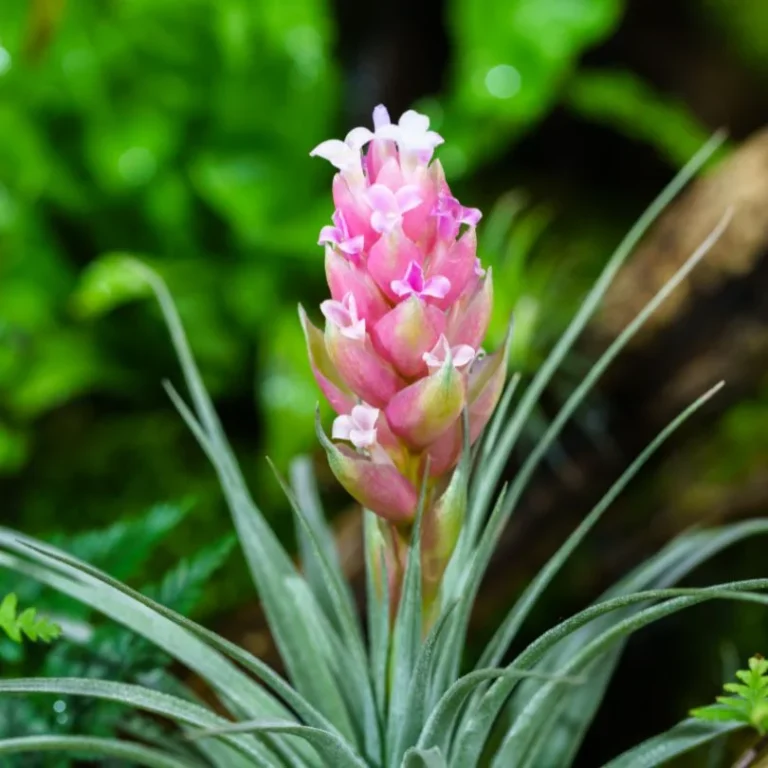
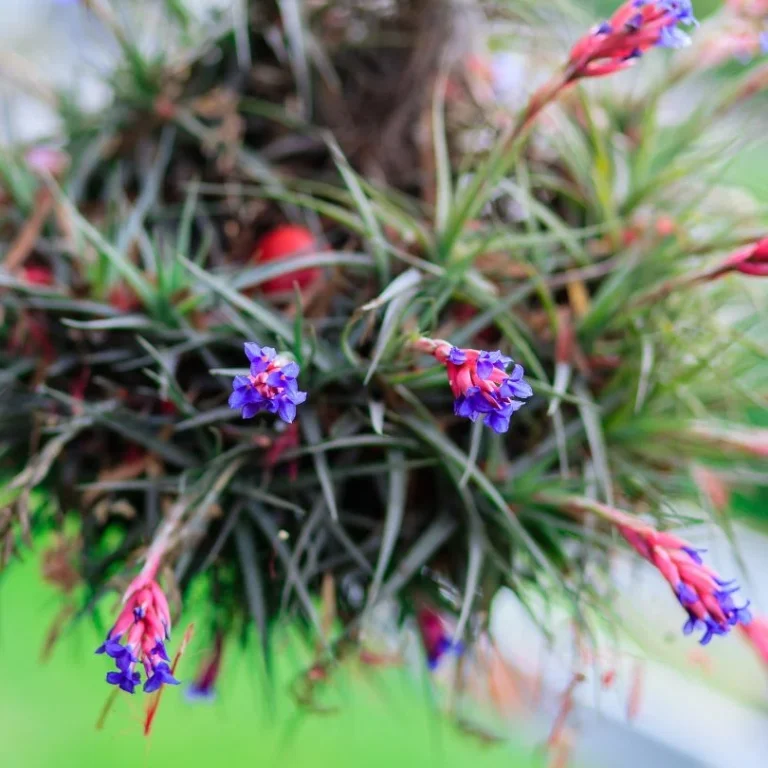
Tips for Air Plant to Bloom
- Put the plant in a bright light area.
- Water them properly and increase the frequency during summer.
- Feed them with fertilizer labeled as fertilizer for air plants.


